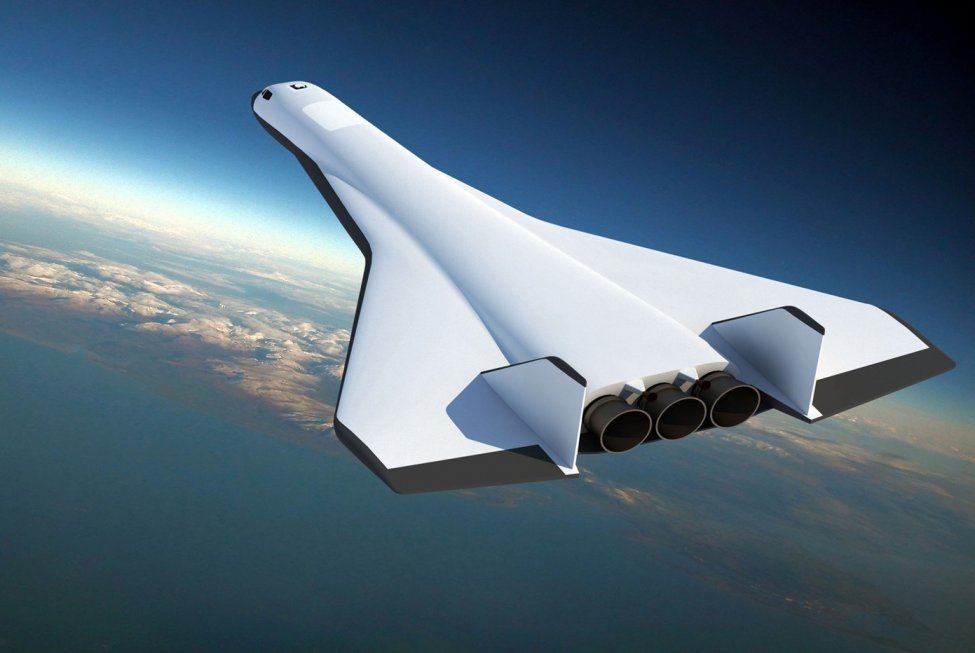Director Iain Boyd comments on hypersonic spaceplanes for transportation
An illustration depicts Radian Aerospace’s R-4 spaceplane in flight. Image by Radian Aerospace, for UPI
Article by Paul Brinkmann | UPI
Seattle-area company Radian Aerospace plans to build and commercialize a true spaceplane that could take off from a commercial runway, fly to space and return under its own power -- a feat never achieved in aerospace history. ACCESS Institute Director Iain Boyd was asked to comment on the innovation:
“A true spaceplane would cut down on orbital space debris by not ejecting rocket stages, which requires the release of pins and bolts. Cutting down on space debris alone would be a huge advantage.”
The best minds at NASA have worked on spaceplane concepts for decades, Iain Boyd, professor of aerospace engineering and director of the Center for National Security Initiatives at the University of Colorado, said in an interview.
"We don't have the engines or the technology to do this yet, and it will take many years of development before we do," Boyd said.
What's needed is an engine or suite of engines that can provide a steady, measured takeoff and then provide the explosive thrust needed to escape the atmosphere and Earth's gravity while still performing in the vacuum of space, he said. So far, no such engine exists.
A true spaceplane would cut down on orbital space debris by not ejecting rocket stages, which requires the release of pins and bolts, Boyd said.
"Cutting down on space debris alone would be a huge advantage," he said.

